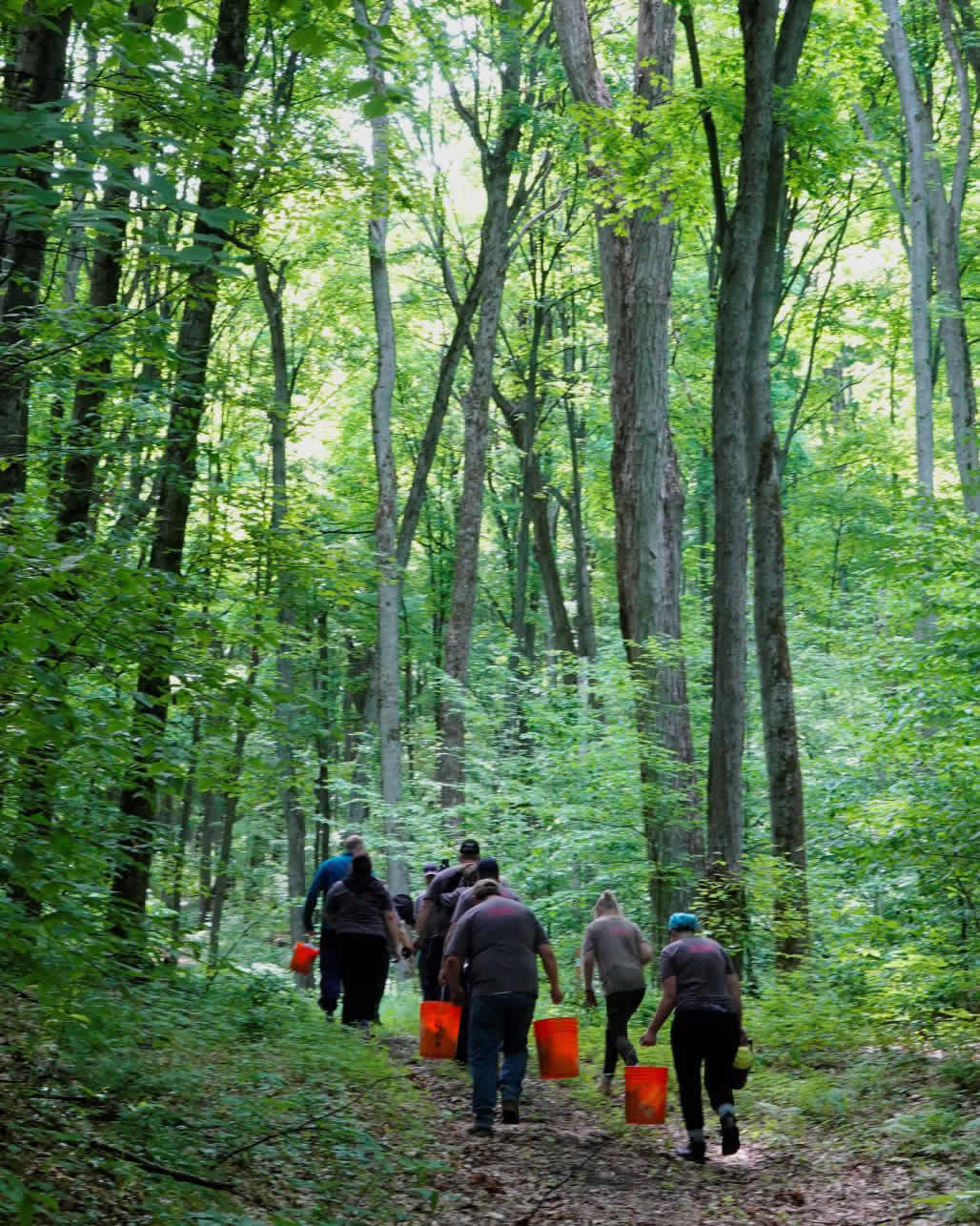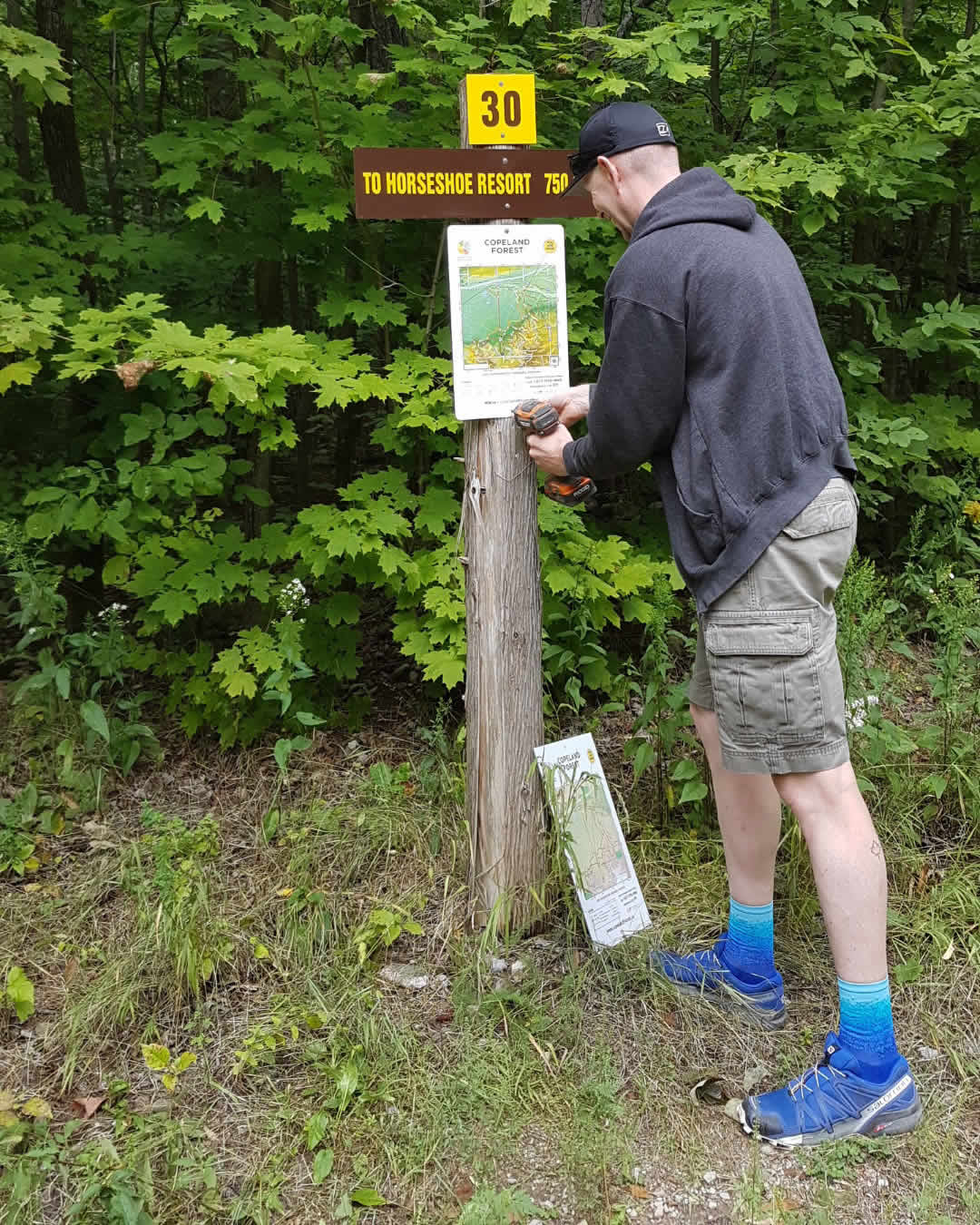STEWARDSHIP
Taking care of the Forest for the future is a key priority of the Friends. We actively monitor the ecology of the Forest and work with all users to ensure the Forest is protected.
The Copeland Forest Friends are committed to supporting active recreational use while protecting the ecology of the Forest for future generations. The Friends have taken a number of initiatives to care for the Forest and protect it’s fragile ecology. We have begun by implementing the following actions.
Focusing users on five key access points
It’s estimated that there are over 20 access points into the Forest. On our published map, we highlighted 5 key parking lots and are encouraging people to access the Forest at these points.
Ensuring trails do not impact on wet areas.
A few single-track trails used to go through wet areas where water was seeping out of the hills and down to the Coldwater River. We redirected these trails and encouraged users to follow a dry route. This has been successful and the old trails are disappearing.
Ensuring trail maintenance activities respect the ecology of the Forest
We actively work with trail users to ensure any trail maintenance respects the integrity of the Forest and ensures minimal impact on water run-off and potential trails widening.
Identifying and marking key sensitive areas
We marked key sensitive areas with signage to remind people to stay on the trails and to respect the special significance of these areas. These areas include area with high concentration of woodland plants and lichen.
Monitoring the Ducks Unlimited (DU) pond area
Ducks Unlimited plans to decommission the pond and return it to a natural state. We have provided DU with information on the flora and fauna that may be affected by this change. Turtles, which are all threatened, were found in the pond.
Removal of garlic mustard in the upland forests
We have launched a high-profile initiative to control garlic mustard and its spread in the Forest. Our first year was very successful and involved multiple partners and volunteers. See the separate page on garlic mustard.
Monitoring and managing wild parsnip near the DU pond
Twice, we have removed wild parsnip on the trail to the DU pond and we are continuing to monitor how we can address this on a long-term basis.
Educating users about the ecology of the the Forest
We have a regular program of spring wildflower and nature walks so people can experience and learn more about the plants and wildlife in the Copeland Forest.



